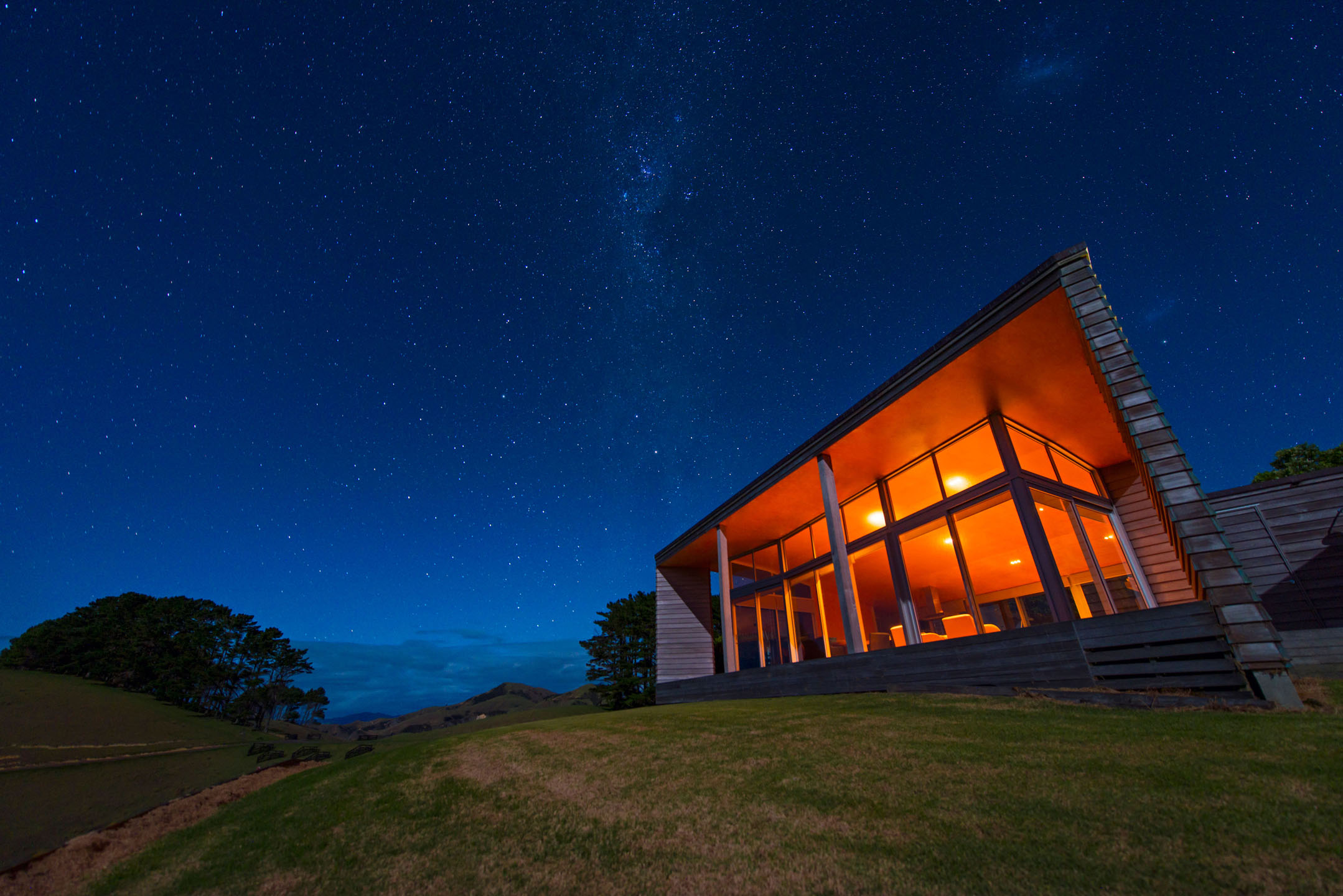This post, offering tips for shooting architectural photography, was originally published on Nikon Singapore’s NikonClub blog.
TIP #1 – SLOW YOUR ROLL
Unlike many other forms of photography, when shooting architecture my subjects do not move. This means that I can take my time when making pictures of buildings, hunting for unique angles, experimenting with creative compositions and waiting for beautiful light. To make impactful architectural photography, I have learned that it pays work slowly and methodically.
TIP #2 – LEVEL OUT
A sturdy tripod and solid ball head are great investments for any photographer who enjoys shooting architecture. These tools help me keep my horizon straight and also allow me to fine-tune my camera’s positioning and angle. Using a tripod also helps me to keep my camera steady when shooting with smaller apertures and longer exposures – and this greater depth of field ensures more of my subject is in focus.
TIP #3 – GO WIDE
A wide-angle lens is an ideal choice for architectural photography; it allows me to include both the structure and its environment in my photographs, which I find is helpful for telling a bigger story of the building and its surroundings. Be sure to note that a fisheye lens is different from a wide-angle lens: a fisheye lens distorts and curves the edges while a level wide-angle lens will help keep horizontal and vertical lines straight.
TIP #4 – ZOOM IN
However, a common misconception about architectural photography is the need to always show the entire building in the picture. Like with all forms of photography, often true beauty can be found in the details. I like looking for interesting shapes, graphic lines, colourful accents and repeating patterns in a building’s design and then focusing on these elements to create more abstract imagery.
TIP #5 – GET PERSPECTIVE
When photographing buildings from close proximity, it is often impossible to fit the entire structure into the frame without distorting its lines. This is not always a bad thing, though: I enjoy getting as low to the ground as I can and shooting up or as high as I can and shooting down, and making use of this lens distortion and resulting curvature to help show a building’s scale and exaggerate its spaces. The more creative I get, the more I learn about what works and what doesn’t work, and the better my architectural photographs become.
TIP #6 – KEEP YOUR DISTANCE
I also like shooting architecture with longer focal lengths, getting further away from the building and zooming in. These longer focal lengths help compress the scene and keep my edges straight. I particularly like applying this style when shooting dense cityscapes from afar.
TIP #7 – THE HUMAN TOUCH
As with the landscape photography I make, I really like adding a human touch to my architectural pictures. Even if people appear very small within my frame, occupying just a little bit of space in my image, I find that a human touch helps make a more powerful architectural photograph, providing scale and adding a splash of life to an otherwise static scene.
TIP #8 – INSIDE OUT
Architecture photography is not limited to just outdoors or only building facades. I often find interior architecture and design is more interesting (and sometimes more challenging) to shoot. For this reason, I encourage everyone to try and tell interior architecture stories as well.
TIP #9 – AFTER DARK
Even after the sun sets there is still light in the sky. This is known as “blue hour” and it refers to the brief period just after the sun falls below the horizon (and before darkness falls) when the sky turns a deep shade of blue. This is one of my favourite times to shoot as the glowing sky and colourful lights add drama and dynamism to my architectural photographs.
Browse more of my landscape photography and luxury architectural imagery.



Share your thoughts